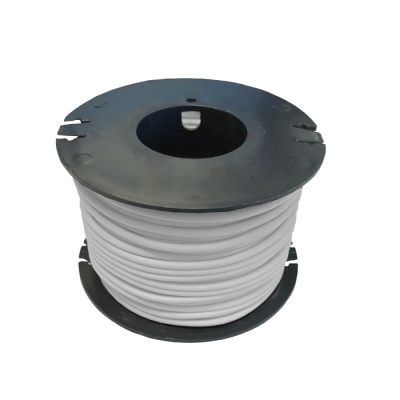In today’s world, maintaining hygiene in various environments is more critical than ever. From healthcare facilities to commercial kitchens, ensuring that walls are not just aesthetically pleasing but also easy to clean and maintain is essential. This is where hygienic wall cladding comes into play, offering numerous advantages that make it a preferred choice in many sectors.
1. Easy to Clean and Maintain
One of the most significant benefits of hygienic wall cladding is its ease of cleaning. Unlike traditional paint or wallpaper, hygienic cladding is typically made from non-porous materials that do not absorb stains or bacteria. A simple wipe with a damp cloth and appropriate cleaning solution is often enough to keep surfaces pristine. This makes it an ideal choice for environments where cleanliness is paramount, such as hospitals and food processing areas.
2. Bacterial Resistance
Hygienic wall cladding is designed to be resistant to bacteria and mould, significantly reducing the risk of contamination. Many types of cladding incorporate antimicrobial properties that inhibit the growth of harmful pathogens. This is particularly important in healthcare settings, where even a small outbreak can have serious consequences. By minimising bacterial growth, hygienic cladding contributes to a safer environment for both staff and patients.
3. Durability and Longevity
Investing in hygienic wall cladding means opting for durability. These materials are often made from robust substances such as PVC or composite materials that can withstand the rigours of daily use. They are resistant to impact, scratches, and chemicals, ensuring that they maintain their appearance and functionality over time. This durability translates to lower maintenance costs and fewer replacements, making it a cost-effective choice in the long run.
4. Aesthetic Appeal
Gone are the days when hygienic solutions meant sacrificing style for functionality. Modern hygienic wall cladding comes in a variety of designs, colours, and finishes, allowing businesses to maintain a professional and appealing appearance without compromising on hygiene. Whether it’s a sleek, glossy finish for a hospital corridor or vibrant colours for a nursery, there are options available to suit any aesthetic preference.
5. Environmental Considerations
Many manufacturers are now producing eco-friendly hygienic wall cladding options. These products are often made from recycled materials or are fully recyclable themselves, aligning with sustainability goals. Choosing environmentally friendly cladding not only contributes to a cleaner planet but can also enhance a business’s reputation by demonstrating a commitment to responsible practices.
6. Versatile Applications
Hygienic wall cladding is not limited to just healthcare facilities. Its versatility makes it suitable for a wide range of environments, including schools, laboratories, commercial kitchens, and even residential spaces. This adaptability means that businesses and homeowners alike can benefit from the hygiene and durability that these products offer.
Hygienic wall cladding is an invaluable solution for anyone looking to enhance cleanliness and safety in their space. Its easy maintenance, bacterial resistance, durability, aesthetic versatility, and environmental benefits make it a smart choice for a variety of applications. As we continue to prioritise hygiene in our daily lives, investing in quality wall cladding will undoubtedly pay off in the long term, creating safer and more attractive environments for everyone.


































